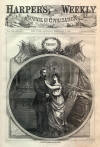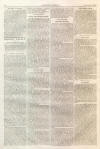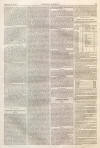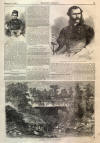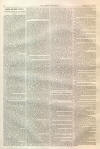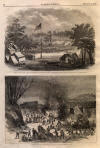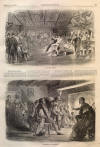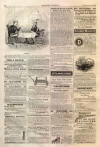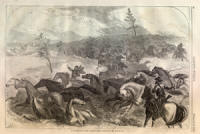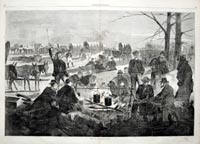Youngest Soldier in the Civil War
|
|
This Site:
|
FEBRUARY 6, 1864.] HARPER'S WEEKLY. 85 MAJOR-GENERAL HERRON—[FROM A PHOTOGRAPH BY BRADY.]SERGEANT JOHN CLEM.OUR YOUNGEST SOLDIER.SERGEANT JOHN CLEM, Twenty-second Michigan Volunteer Infantry, is the youngest soldier in our army. He is 12 years old, and small even for his age. His home is Newark, Ohio. He first attracted the notice of General Rosecrans at a review at Nashville, where he was acting as marker of his regiment. The General, attracted by his youth and intelligence, invited him to call upon him whenever they were in the same place. Rosecrans saw no more of Clem until his return to Cincinnati, when one day coming to his rooms at the Burnet House, he found the boy awaiting him. He had seen service in the mean while. He had gone through the battle of Chickamauga, where he had three bullets through his hat. Here he killed a rebel Colonel. The officer, mounted on horseback, encountered the young hero, and called out, "Stop, you little Yankee devil!" By way of answer the boy halted, brought his piece to "order," thus throwing the Colonel off his guard. In another moment the piece was cocked, brought to aim, fired, and the officer fell dead from his horse. For this achievement Clem was promoted to the rank of Sergeant, and Rosecrans bestowed upon him the Roll of Honor. He is now on duty at the head-quarters of the Army of the Cumberland. SALTPETER CAVE NEAR CHATTANOOGA.THE "Nick-a-Jack" Cave near Chattanooga is one of the main sources from which the Confederates have derived the saltpeter required for the manufacture of powder. Its loss is deplored by the rebels as one of the most serious results of our victory at Chattanooga. Six or seven years ago this cave was visited by "Porte Crayon" (D. H. Strother, of Virginia, lately on the staff of General Banks, at New Orleans), the genial artist-correspondent of Harper's Magazine. From his description in that periodical for August, 1858, we quote the following: The cave is situated at the base of Raccoon Mountain, which rises abruptly to the height of twelve or fifteen hundred feet above the low grounds. In the face of a perpendicular cliff appeared the yawning mouth of Nick-a-Jack Cave. It is not arched as these caves usually are, but spanned by horizontal strata resting on square abutments at the sides, like the massive entablature of an Egyptian or Etruscan temple. From the opening issues a considerable stream, of a bright green color, and of sufficient volume to turn a saw-mill near at hand. The height of the cliff is about 70 feet, that of the opening 40 feet, and about 100 in width immediately at the entrance, and of this the stream occupies about one-third. The roof of the cave is square and smooth, like the ceiling of a room, but below, the passage is rough and irregular, with heaps of earth and huge angular masses of rock, making the exploration both difficult and dangerous. "Porte Crayon" goes on to describe how the cave was formerly the resort of a gang of banditti, whose occupation was plundering and murdering the emigrants and traders who descended the Tennessee River, the cave furnishing a convenient hiding-place for their booty. Since he wrote this cave had fallen into the hands of a worse and more desperate gang, who used it for purposes still more nefarious, extracting from it abundant supplies of the "villainous saltpeter" required for the manufacture of powder for the Confederate States of America. It has now—thanks to Grant and Sherman—fallen into honest hands. Our illustration on this page, for which we are indebted to a photograph furnished by Mr. Morse, of Nashville, gives the present aspect of the cave, showing the ruins of the rebel Saltpeter Works. A RAILROAD "ACCIDENT."A TELEGRAM from Pittsburg, published in the New York papers of January 15, says: The morning express train ran off the track, and two passenger cars were precipitated down the embankment, forty feet, and were destroyed by fire from the stoves. Several persons were injured, none of them seriously. Our correspondent, who was on this train, and who furnishes us the sketch on page 92, writes: The cars made a clear leap of some forty feet into the bed of the Little Juniata River, and almost instantly caught fire, and were consumed. Some thirty out of fifty passengers were so severely injured as to be unable to care for themselves, while hardly one escaped unhurt. The good people of the town of Birmingham, and the country around, were soon on the spot, and exerted themselves in caring for the wounded, among whom were many soldiers returning home on furlough. We fortunately got out all the wounded before the fire reached them. CAMP OF THE NEW YORK 103D.THIS regiment, known as the "Seward Infantry," has seen honorable service during the siege of Charleston. It is now recruiting in New York. Its rendezvous is at 218 Rivington Street, where applications for enrollment may be made, or to Colonel HEINE, 40 Bowery, Captain REDLICH, 27 Bowery, Lieutenant BRANDT, Bowery Garden, or Lieutenant SCHMIDT, 343 Forty-fourth Street. The bounties paid to veterans amount to $852, to recruits $677—$300 cash in hand. Their camp, represented on page 92, is on one of the islands near Charleston Harbor, in a very healthy location. The rations furnished are excellent and abundant. As their names evince, the officers of this regiment are Germans, and very likely to this is owing that, by special permission of the Commanding General, the national beverage, lager-bier, is allowed. GENERAL FRANCIS J. HERRON.GENERAL HERRON is a native of Pittsburg, Pennsylvania. Some eight years ago he removed to Dubuque, Iowa, where he entered into business. Here he took an active part in the organization of the "Governor's Grays," which soon became one of the noted Companies of the Northwest. This Company, of which he was Captain, tendered their services to the Government in December, 1860. When the President's Proclamation calling for volunteers was put forth, the Grays became a part of the First Iowa Regiment, entering service in May, 1861. Captain Herron distinguished himself at the Battle of Wilson's Creek, August 10, where Lyon fell. He then returned home and raised a three-years' regiment, of which he was appointed Lieutenant-Colonel. This was attached to Curtis's forces, and took part in the battles of Pea Ridge, March 7 and 8, 1862, where Herron commanded the regiment, its Colonel having charge of a brigade. During the second day's fight Herron was wounded, his ankle being broken by a cannon-shot, which killed his horse. Yet he led his men for an hour, until the enemy's batteries were reached. Here he was surrounded and taken prisoner, but was soon after exchanged for the rebel Colonel Hebert. In July, 1862, he was promoted to the rank of Brigadier-General of Volunteers, and at the Battle of Prairie Grove, December 7, he commanded two divisions, and though fighting against overwhelming odds, won the battle before reinforcements came up. Twenty days after he captured Van Buren, Arkansas. For his gallantry on these occasions he was promoted to the rank of Major-General, his commission dating from November 29, 1862. Early in 1863 Herron's divisions were sent to Vicksburg, and during the latter part of the siege they formed the left wing of Grant's army. After the fall of Vicksburg they were sent to New Orleans, where they operated in the Atchafalaya and other districts of Louisiana. Herron's health failing in October, 1863, he was relieved by General Dana. Herron, having re-covered his health, has just gone to Texas, relieving Dana and assuming his old command on the 2d of January. If we can judge any thing from the antecedents of General Herron, we shall before long hear of his doings in the "Loan Star" State. SALTPETER CAVE NEAR CHATTANOOGA.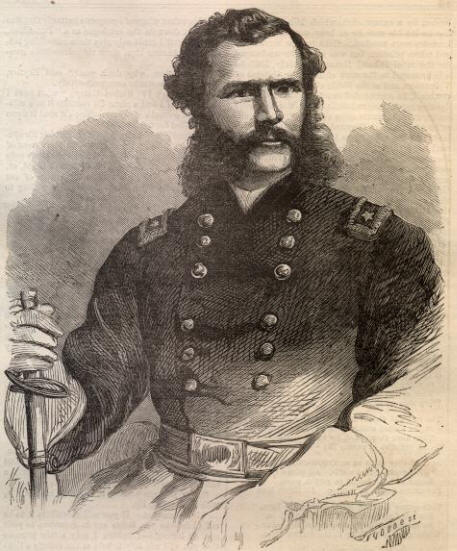 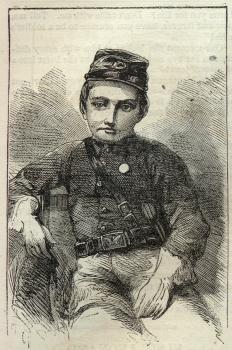 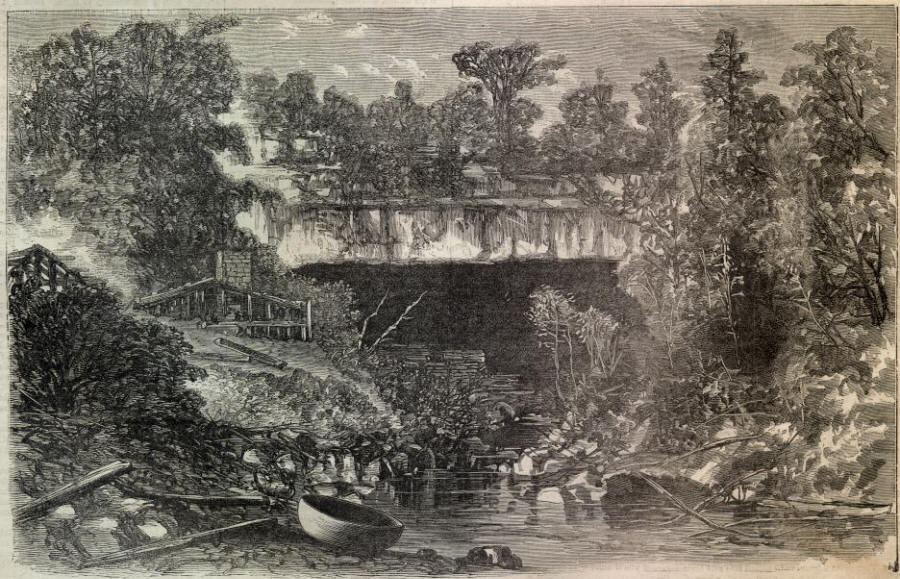 |
||||||||||||||||||||||
|
|
||
|
|
Site Copyright 2003-2018 Son of the South. For Questions or comments about this collection, contact paul@sonofthesouth.net |
|
|
Are you Scared and Confused? Read My Snake Story, a story of hope and encouragement, to help you face your fears. |
||
